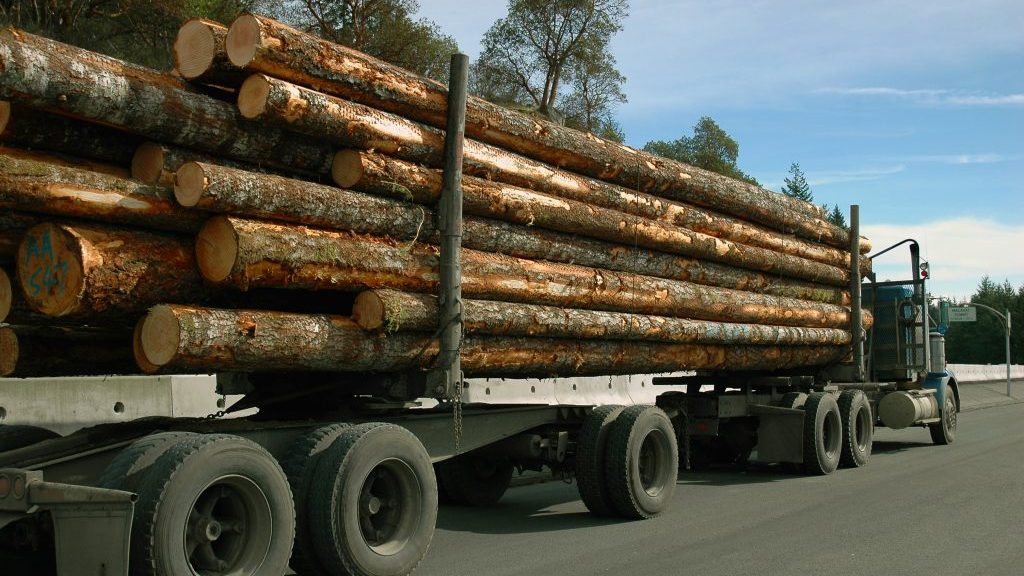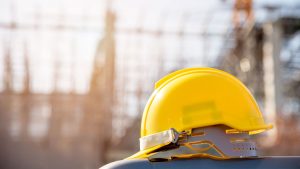A new report from RBC’s Climate Action Institute looks at mass timber as a building solution that has the potential to reduce emissions, decarbonize the economy and reduce costs for developers.
“There is a real opportunity for the sector to decarbonize by using this abundance of natural resources we have in Canada, which is our trees,” said Myha Truong-Regan, author of the report entitled Timber Rising: How Wood Can Spur Canada’s Green Building Drive.
“We are talking about essentially a wood engineered product, so it’s wood but it’s layers of wood, whether it’s glued together or using nails and that is a game changer in terms of decarbonizing the sector. If you look at the traditional multi-residential buildings, commercial buildings, about 80 per cent of materials in there consist of concrete and steel. We know that the concrete and steel accounts for a large part of the embodied emissions in buildings.”
While conducting research for the report, the team heard from builders, architects, engineers and manufacturers that Canada can and should be a global leader in mass timber research, manufacturing and use.
“While there are fundamental challenges that must be addressed before these ambitions can be realized, there’s industry consensus that these challenges are not insurmountable,” reads the report. “Now is the time for all players in the building sector to work together to act on these challenges and solutions. And for Canada to showcase to the world that we are a nation of innovators in building construction and climate action.”
Although the industry may want to increase its use of mass timber, insurance underwriting is one of the most difficult hurdles for both building construction and occupancy insurance. Another issue is the location of mass timber production, versus the location of the demand for the material.
“What is the problem in terms of scaling mass timber adoption and use and for Canada to be a global leader in mass timber production, is more around supply chain,” said Truong-Regan. “Specifically, what has happened…the B.C. government has been very proactive in promoting its forestry industry and because of that a lot of the production capacity is in B.C.
“Our problem is that a lot of demand and population growth, we see it happening in Eastern Canada and in the northeast United States. Production capacity is about 25 per cent in Eastern Canada but the bulk of the demand is here so that’s an issue in terms of scaling because it’s costly. We are a very large geographic country. To ship anything across takes time and it adds to the construction time.”
A barrier for manufacturers and preventing new companies from entering the mass timber sector is the cost of acquiring specialized mass timber machinery and technology, which is produced by a few European-based manufacturers, the report indicates.
In addition, most of Canada’s sawmills produce “dimension lumber,” which is primarily used to build the structural frame of single detached homes.
There is a niche market for mass timber which adds additional complexity.
“There are under 700 projects that exist in Canada that have been completed using mass timber and you compare that to the X number of buildings that go up each year whether they are commercial or residential,” Truong-Regan said. “It gets dwarfed by traditional building forms.”
Construction insurance premiums for a mass timber building can be up to 10 times the costs of a similar building constructed with steel and concrete. Currently, each building requires a bespoke policy which significantly adds to a project’s final cost which gets passed down to the end buyer. There is also a lack of actuarial data for mass timber buildings, making it more difficult to determine premiums.
“Part of the challenge, because of the small size, because of the newness, is that insurance companies don’t have actuary tables like they do for existing types of building structures,” explained Truong-Regan. “That’s where they’re going to determine what the building construction premiums are and also for the end owner of that building what the occupancy insurance premiums should be. But because it’s only a 10-year-old market within Canada, very little data points, they’re almost having to take a bespoke approach. They don’t have the data points so they are using a few data points to extrapolate what they think the rate should be.”
The report says Canada has an opportunity to become a leader in the global mass timber movement if it adopts certain recommendations.
One of those is to standardize insurance underwriting to lower costs. According to the report, standardizing insurance fire risks for mass timber buildings, during building construction and occupancy, will lower insurance premiums and overall costs for builders and building owners.
Continue funding capital expenditure grants is another recommendation. The report says federal and provincial grants have played a pivotal role in lowering machinery costs and enabling additional manufacturing capacity, either from existing manufacturers or new entrants.
Follow the author on Twitter @DCN_Angela











Mass timber can go well beyond a niche market. It promises high value added production, well paid employment, inside, safer four-season jobs, better use of small often waste wood and a counter to the US tariff boondoggle. We could even generate more jobs and higher GDP while reducing old growth harvesting.